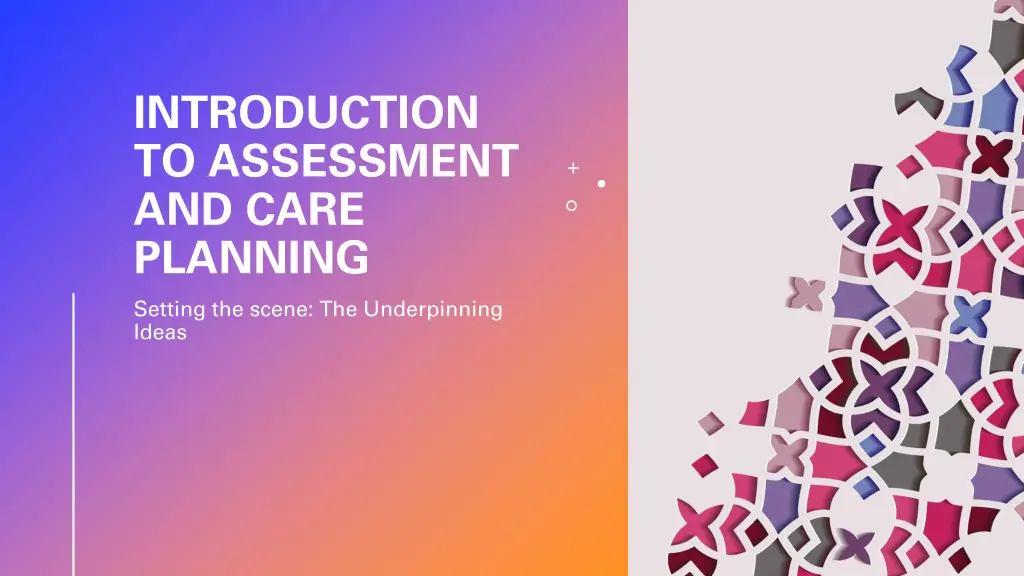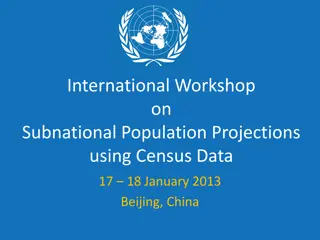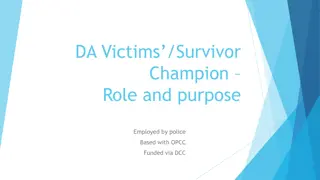
Strengths-Based Approach in Care and Support Planning
Embrace a strengths-based approach in care planning by shifting focus to individuals' abilities and resources. By recognizing strengths and empowering individuals, we promote self-determination and collaboration in service provision. This method fosters a more inclusive and person-centered care environment.
Download Presentation

Please find below an Image/Link to download the presentation.
The content on the website is provided AS IS for your information and personal use only. It may not be sold, licensed, or shared on other websites without obtaining consent from the author. If you encounter any issues during the download, it is possible that the publisher has removed the file from their server.
You are allowed to download the files provided on this website for personal or commercial use, subject to the condition that they are used lawfully. All files are the property of their respective owners.
The content on the website is provided AS IS for your information and personal use only. It may not be sold, licensed, or shared on other websites without obtaining consent from the author.
E N D
Presentation Transcript
INTRODUCTION TO ASSESSMENT AND CARE PLANNING Setting the scene: The Underpinning Ideas
If a lion could talk . Wittgenstein s Lion What is our task?
How would you describe the painting? Van Gogh Starry Night
The questioning model The procedural model The exchange model
Competence what can I do what skills do I have Capacities what is my capacity to do things how much can I do how often Strengths Courage what do I want to do what do I aspire to achieve promise, possibility, positive expectations and potential resilience, reserves, resources and resourcefulness
A strengths-based approach to care, support and inclusion says let s look first at what people can do with their skills and their resources and what can the people around them do in their relationships and their communities. People need to be seen as more than just their care needs they need to be experts and in charge of their own lives. (Alex Fox, CEO Shared Lives) Strengths based assessment Working in a collaborative way promotes the opportunity for individuals to be co- producers of services and support rather than solely consumers of those services. Morgan and Ziglio, 2007
Through person-centred conversations, build a picture of each person s individual strengths, preferences, aspirations and needs Provide any support needed to enable the person to express their views and participate in the conversations, including independent advocacy if required Involve the person s wider social network (carers, family, friends, advocates) if that is their wish, and explore the support that it may offer Share information so that the person feels informed about care and support services, financial advice, safeguarding procedures, rights and entitlements, how to make a complaint, and personal budgets Consider how to support and promote positive risk-taking Promote the person s interests and independence, including through contingency and crisis planning, and their preferences for future care and treatment Personal strengths and assets
Connecting a person with their community using evidence-based recommendations, such as: Using your own knowledge, networks and relationships to help identify assets and facilities within the local community Support the person to identify the strengths and assets available in their community Support people with mental health issues to maintain links with their home community (including education, employment and social contacts) during inpatient stays and at discharge. Community strengths and assets





















